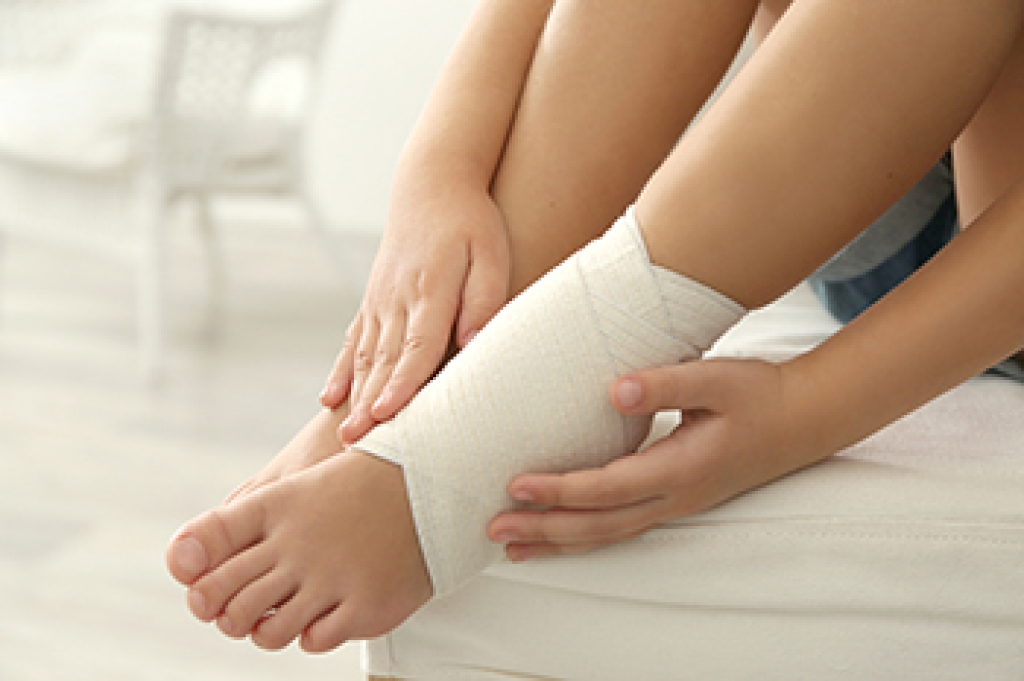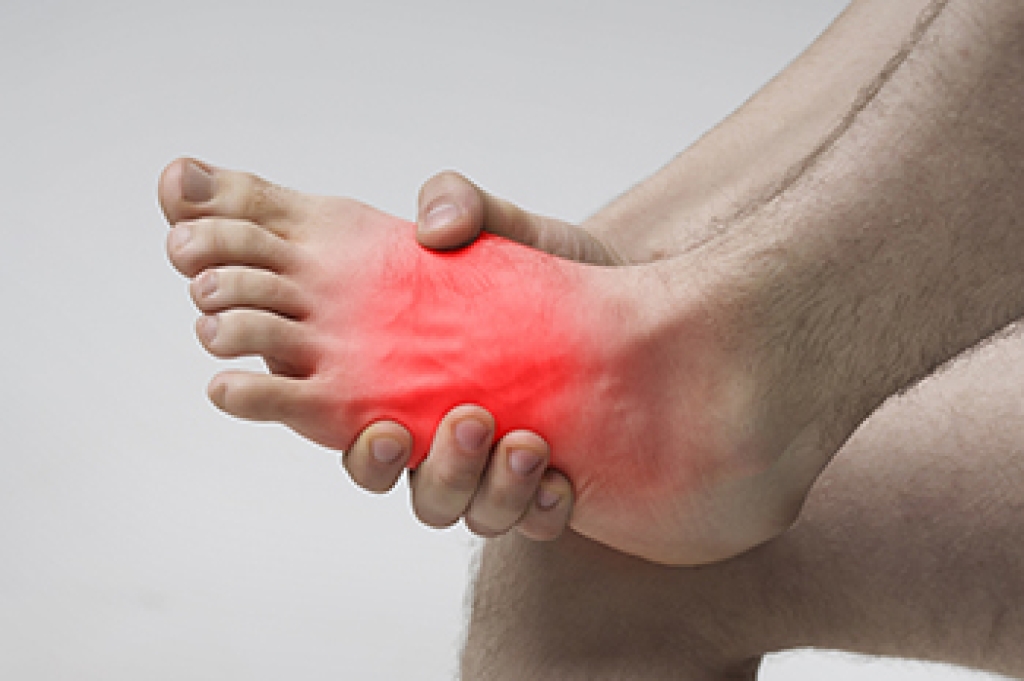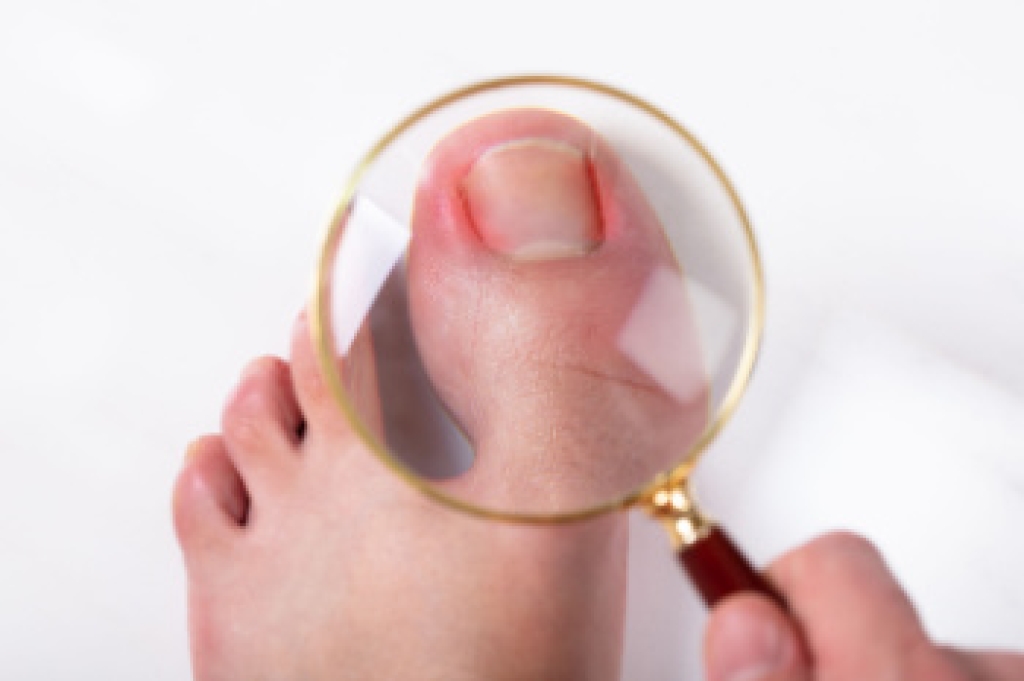
Ankle sprains are common injuries graded as first, second, and third degree based on ligament damage. A first-degree sprain is caused by a mild twist or misstep and may look slightly swollen and feel sore or stiff. A second-degree sprain often follows a stronger roll, showing visible swelling and bruising with pain and weakness. A third-degree sprain is caused by a severe force, may appear very swollen or unstable, and can feel sharp, intense, or numb. A podiatrist can help from the start by taking a detailed history, examining movement and stability, and ordering imaging when needed. Treatment may include bracing, targeted exercises, or custom orthotics, with advanced care for severe cases. Early care can reduce recovery time, improve confidence, and help prevent repeat injuries during daily activities and sports participation for people of all ages. If you suspect you have sprained your ankle, it is suggested that you schedule an appointment with a podiatrist who can offer effective treatment solutions.
Ankle sprains are common but need immediate attention. If you need your feet checked, contact one of our podiatrists from Florida Ankle & Foot Institute. Our doctors can provide the care you need to keep you pain-free and on your feet.
How Does an Ankle Sprain Occur?
Ankle sprains take place when the ligaments in your ankle are torn or stretched beyond their limits. There are multiple ways that the ankle can become injured, including twisting or rolling over onto your ankle, putting undue stress on it, or causing trauma to the ankle itself.
What Are the Symptoms?
- Mild to moderate bruising
- Limited mobility
- Swelling
- Discoloration of the skin (depending on severity)
Preventing a Sprain
- Wearing appropriate shoes for the occasion
- Stretching before exercises and sports
- Knowing your limits
Treatment of a Sprain
Treatment of a sprain depends on the severity. Many times, people are told to rest and remain off their feet completely, while others are given an air cast. If the sprain is very severe, surgery may be required.
If you have suffered an ankle sprain previously, you may want to consider additional support such as a brace and regular exercises to strengthen the ankle.
If you have any questions please feel free to contact our offices located in Tavernier, Marathon, and Key West, FL . We offer the newest diagnostic tools and technology to treat your foot and ankle needs.







